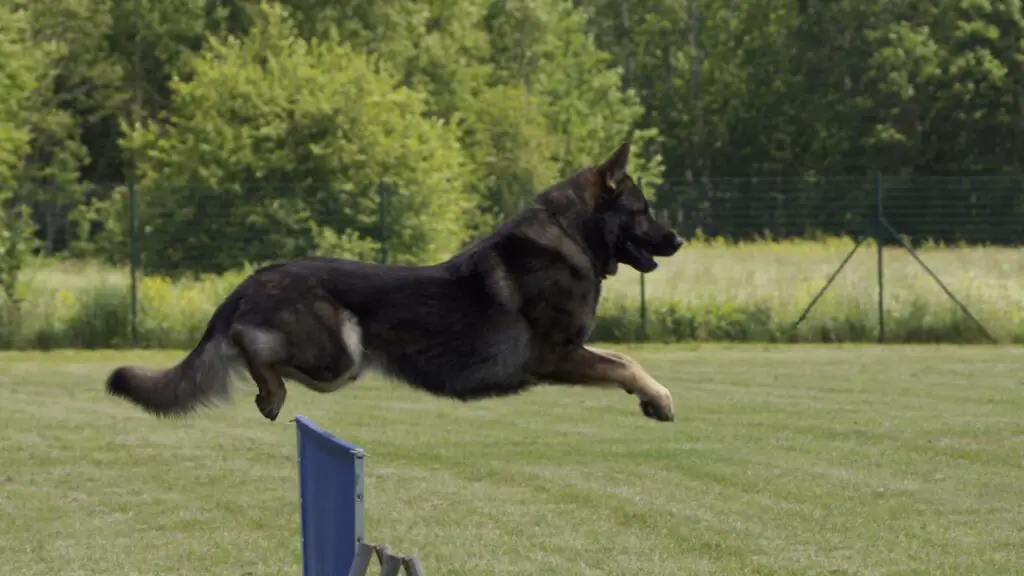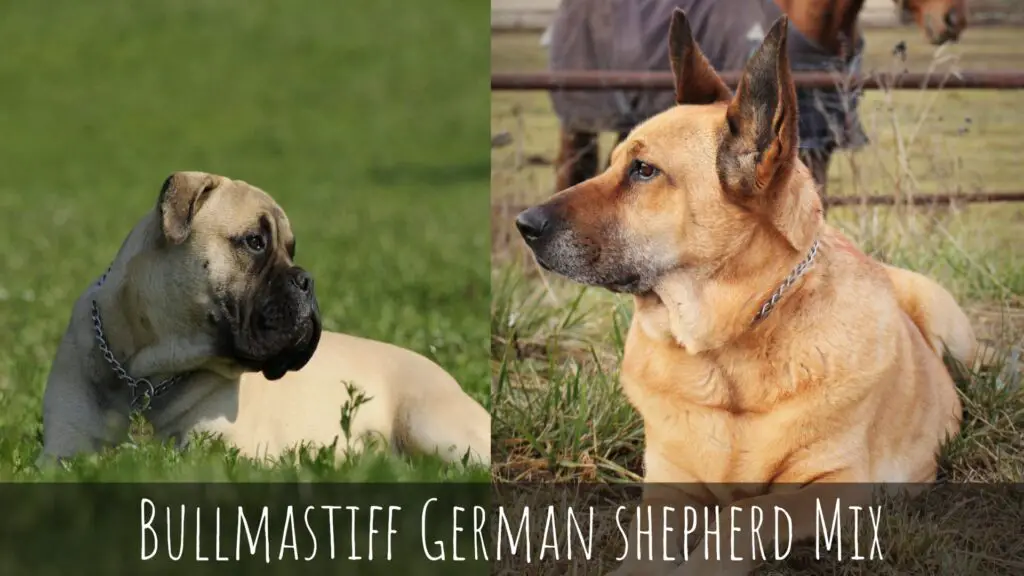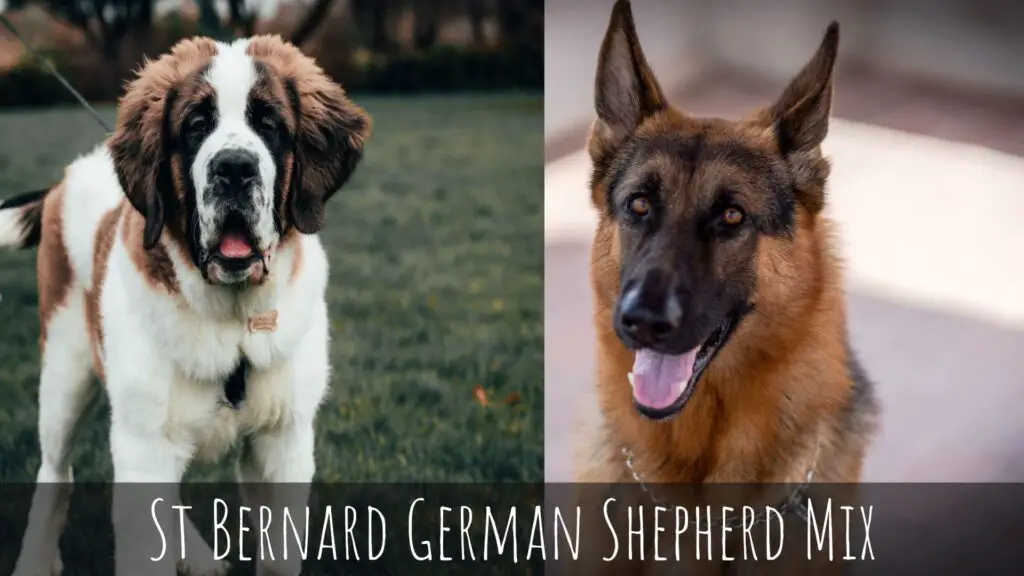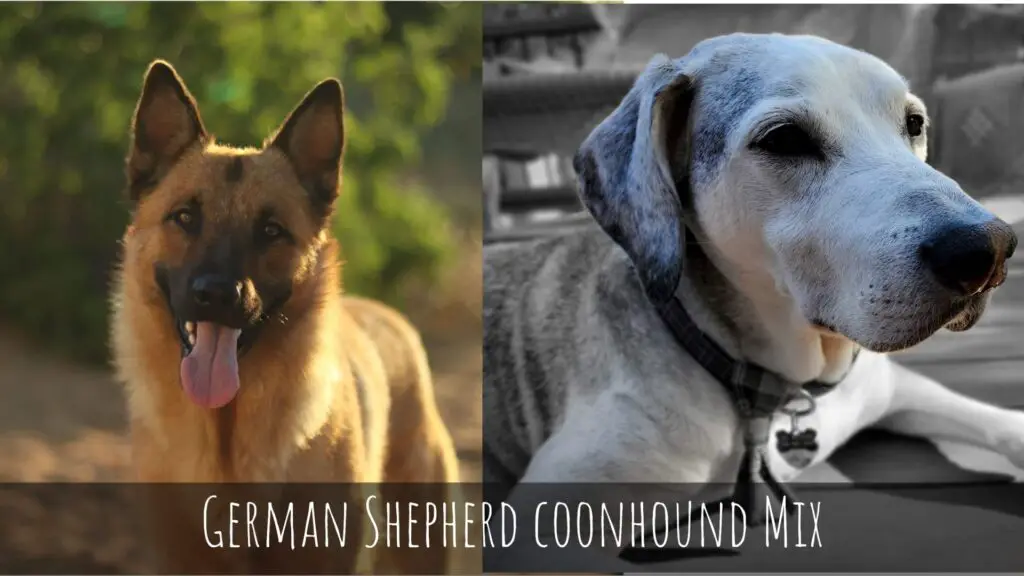There is a reason why the AKC ranks the German shepherd as the second most popular dog breed. One is its intelligence, loyalty, and, most importantly, its versatility.
Versatile in that the German shepherd can either be a working line or a show line dog.
However, most novice shepherds owners cannot tell whether a German shepherd is working bloodlines or the show line bloodlines.
That said, are you undecided about whether to choose a working line German shepherd or a show line German shepherd?
If you are one of those undecided individuals, this article will help you make an informed decision. The reason being you will learn why working lines are the best shepherd dogs over the show lines. What’s more, you will know more about German shepherd working line dogs and show line dogs.
A Brief History of the Working and Show Line German Shepherds
Working Line Shepherd Dog
The history of this German shepherd began in the 1890s.
Over the last 100 years, this breed of dog has gained ranks to become the second most popular.
Captain Max von Stephanitz cultured this breed of dog. He had a desire of creating a multipurpose dog. One, he wanted a loyal herding dog with strong guarding instants, and lastly, a dog that could easily become a family pet—quite a lot to ask from this German shepherd.
Show Line German Shepherds
The German shepherd show line has a history that dates backs to the 1910s. This show line dog is specifically for people who are not interested in this shepherd’s original working nature. Instead, it’s bred solely for its looks.
Difference between a Working Shepherd Dog Vs. A Show Line Shepherd Dog
As discussed earlier, working line dogs are purposely bred for working, whereas show line shepherd dogs explicitly bred for their appearance.
Physicality, temperaments, and purpose can be used to differentiate the working lines and the show lines.
Purpose
Working Line German shepherd
A dog that is breed to work. These dogs can either be herding or guard dogs. They enjoy working since they have lots of energy in them.
Often, these working lines still retain the original bloodline invented by captain von Stephanitz.
Show Line German shepherd
These are types of dogs built and breed for their looks. In some show events, you will hear people calling this line of dog the ‘high lines’ or the ‘siege lines.’
Breeders develop this type of dog for individuals who can’t meet the working line German shepherd’s demands.
Physicality
Working Line German shepherd Dog
This breed of dog is short than the show line version; however, it is built for strength to withstand long working hours.
Additionally, compared to the show line shepherd, the working line has a straight back with the hind legs slightly taller than the front legs.
Furthermore, they have a double coat, which has a medium length. Such a double coat gives the dog an upper hand, whether in a cold or hot environment.
There is no color requirement for this breed of dog.
Show Line Shepherd Dogs
Often show line shepherd dogs are bigger than the working German shepherd. Additionally, their hind legs are smaller than the front legs.
Because of the short hind legs, these dogs have slanted/sloped back.
Additionally, there are strict regulations when it comes to the coat coloration of this dog. Acceptable colors include black, black and tan, black and red, black and silver.
Temperaments and Personality
Working Line Dogs
Due to their nature of training, these dogs are fearless and extremely protective of their owners.
Additionally, this dog has a strong prey drive, and often, they use their jaws to pin down their prey. What’s more, if not well handled, they can become more aggressive;
Often, their working attributes excel when they are around their owners. What’s more, these work line dogs require lots of exercise, whether it’s chasing a ball through the yard or chasing a criminal down the street.
Show Line Shepherd Dogs
They are often calmer and tame as compared to the working line shepherd dogs. These dogs rarely attack. And if so, they do it as a defensive measure. What you should note is that you should not rely on this dog when faced with danger. The dog is more likely to bolt away or submit to the threat.
Point to note: whether it’s a working or show line shepherd dog, personality traits will depend on how you train and handle them.
Types of Working Line German Shepherds and Show Line Shepherd Dogs
Working Line Shepherd Dogs
Work line shepherd dogs have different subdivisions. These subdivisions of the working lines include the West German working line, East German working line, and the Czech working dog.
West German Working Line
The West German working line still retains the original traits that captain max von Stephanitz produced.
This dog has a strong working drive and guarding instincts. Well suitable to work as a military or police dog.
The West German shepherd is built and bred for working purposes rather than for show. Trainers emphasize the personality and temperament traits when training this dog.
If handled with care, this dog can be a perfect home companion.
East German Working Line, DDR (Deutsche Demokratische Republik)
These dogs have a sizeable musculoskeletal structure as compared to the West German working line. Often, they have lots of energy to dispense. Thus, they require lots of exercise and mental stimulation to keep them fit.
A dog has to be free of hip and elbow dysplasia before it is registered under this class.
Czech German shepherd working line
A military dog initially bred for protecting borders. This dog has a large body structure as compared to the rest of the working lines.
Characters you get from such a breed include Strong nerves, loyalty, and a strong working drive.
Show Line Shepherd Dogs
There are two main types of show line shepherd dogs, I.e., the American German shepherd show line and the West German show line shepherd dog.
American German shepherd
American German shepherd dog or the Canadian show line shepherd dog is purposely built for its looks.
Often, they have black and tan coat colorations. Additionally, they are tall with an exaggerated sloped back.
No strict requirements like hip and elbow clearance certificates for a dog to be registered as an American show line shepherd dog.
Additionally, the dog’s temperaments are not a consideration. However, in show line events, body structure, angulation, coat colorations are highly emphasized.
Sometimes you’ll hear people say that these show line shepherds are not true German shepherds. Even more, some quarters qualify this American/Canadian shepherd line as a breed of its own.
West German show line dog
A beautiful dog that often requires a second look.
Additionally, it’s one of German’s strictly regulated breeds. For a dog to be registered under this class, it must undergo a health clearance certificate of the hip and elbow dysplasia. Additionally, it has to pass the IGP test.
IGP test examines a dog’s tracking, obedience, and protection personalities.
The West German show line dog acceptable colors include black and red, black and silver.
Considered the perfect German shepherd, it has strong, likable temperaments coupled up with strong nerves.
What’s more, because of its breeding standard, this dog still has a strong working drive.
A perfect companion that can be easy to handle among family members.
Why Choose a Work Line German shepherd Over a Show Line German Shepherd
Now that we have deeply reviewed both the working and show line shepherd dogs, here is why I prefer working line shepherd dogs.
A working line dog is a healthy breed of dog. Most of these dogs undergo high evaluations and medical tests before becoming certified as pure working line dogs.
On the flip side of the coin, show line shepherd dogs don’t undergo health status checks as they are utmost bred to compete in show line events.
Additionally, unlike show line shepherds, a working dog must undergo obedience training and behavioral training before it becomes fully certified.
Before owning a German shepherd, consider asking yourself this question.
Am I ready to cater to this dog’s need for the next 10-13 years? Be it food or physical and mental stimulation that this dog requires.





